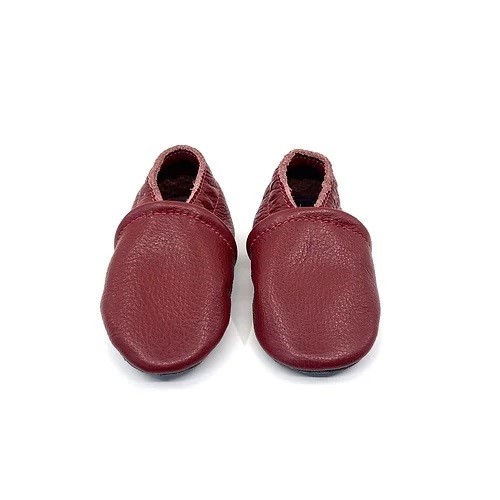Baby Shoes – What Every Parent Needs to Know

Watching the kids making their first steps wearing the infant shoes is like a dream come true for parents. Shoes for infants are the essentials that parent purchase while designing their nursery. Those little steps in the cute shoes with kids trying to learn walking by taking support is a sight anyone can fall in love with.
At this juncture, many parents are confused about introducing baby shoes to infants. Various questions arise in their mind, and they wish someone would solve their doubts.
As we move ahead in this article, we will talk about everything parents ever wished to know about shoes for infants.
Age
“At what age should I start putting on shoes to my kid?”
This is one of the most asked questions from parents. To be specific, there is no exact answer to this. Babies start walking around 12 – 15 months. Child growth can vary from baby to baby, and so does their age of walking.
Walking and crawling barefoot helps to strengthen the muscles and joints of kids. Thus, till your baby starts walking on its own, it may not be suggested to put on shoes. Instead, you can use booties and cotton socks to keep your foot warm.
Benefits
Kids’ shoes protect the baby’s little feet from injuries. They keep their feet warm and protect from the cold atmosphere outside.
Good quality kids’ shoes offer anti-slip protection and prevent babies from falling. They offer extra comfort to the little feet, thus making your baby’s walking experience a happier one.
Besides offering protection, kids’ shoes add a dose of swag to the little ones, thus stepping up their style quotient.
Selection
Some of the factors to keep in mind while choosing shoes for infants are as below:
Price:
Kids grow fast. Shoes are the first ones that turn tight to your baby even before you notice them. Thus, while purchasing shoes, it might not be suggested to pick too pricy ones as they soon become outsized.
Cheaper shoes might not offer the support and experience your baby deserves. They may develop wear and tear and may even increase the risk of slipping.
Hence, invest in good-quality shoes for infants that promise both comfort and safety at moderate pricing.
Fit:
While this is a no-brainer, shoes for infants need to be the perfect fit for their little feet. While a loose fit might make your baby slip, too tight a fit might trouble their delicate skin.
Hence, while choosing the shoes, measure the baby’s feet with tape to pick the correct size. Alternatively, you could also check the measurement table the manufacturer provides.
In many cases, testimonials and reviews also provide an idea about the fitting of the shoe. Checking such reviews before you finally make your pick would save your time and effort.
If you get a chance to buy shoes in person, never miss the opportunity to put on the shoes for your baby and try them before you buy them.
Features
The shoes must-have features that add comfort to your baby:
Sole: The sole must be soft, breathable, and provide warmth to your baby’s foot. It must not occupy too much inner space and make the shoe tight. Cotton soles are breathable and offer more comfort to your baby than synthetic ones.
Closure: There are many types of closures available in shoes for infants: buckle, button, lace, pullovers, etc. While lace ones offer extra space as your baby’s feet grow, pullovers offer ease of wearing. A thing to remember is, kids soon outgrow their shoe size and hence choose shoes that fit even as your baby grows.
Know what to avoid
Shoes for your baby must be soft and comfy. Avoid choosing crocs and flip-flops right at the introduction level. They tend to be slippery and hence do not suit babies that are learning to walk.
Conclusion
Kids’ shoes come in various attractive options and features. Choose the ones that best fit your baby and offer them complete comfort and safety. If you are a parent that loves experimenting, explore the various colors and designs available and turn your little one into a fashionista!








